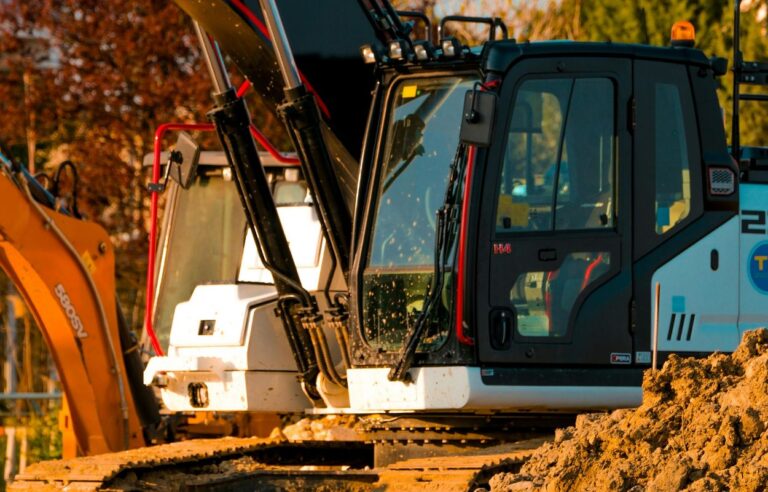Drywall removal might look simple. After all, it’s just big sheets of gypsum and paper, right? But anyone who’s ever tried it knows the truth: tearing out drywall can quickly become messy, exhausting, and costly if you don’t know what you’re doing.
That’s why deconstruction pros approach drywall removal with a plan. Instead of swinging a sledgehammer at random and creating clouds of dust, they use smart techniques to get the job done efficiently, safely, and with less waste. Whether you’re preparing for a renovation, remodeling an old room, or dealing with water-damaged walls, knowing the best ways to remove drywall can save you time, money, and frustration.
Here are expert tips straight from the pros.
WHY DRYWALL REMOVAL NEEDS STRATEGY
It’s tempting to think drywall removal is just about brute force. But poor technique comes with real downsides:
- Excessive dust – Drywall dust gets everywhere and is difficult to clean.
- Hidden hazards – Wires, plumbing, and asbestos-containing materials may be behind walls.
- Wasted materials – Without careful removal, it’s harder to salvage studs, insulation, or trim.
- Extra repair work – Careless removal often damages ceilings, floors, and other parts of the structure.
That’s why professionals always plan before they pull.
STEP ONE: PREP THE SPACE
Before any drywall comes down, prepping the room is essential.
- Clear the area – Remove furniture, electronics, and anything else that could get damaged.
- Cover what you can’t move – Use plastic sheeting to protect floors and surfaces.
- Turn off utilities – Shut off electricity and water to avoid dangerous surprises.
- Seal the space – Plastic barriers and painter’s tape help contain dust.
This step might feel tedious, but it prevents bigger messes later.
STEP TWO: LOCATE WIRES AND PIPES
The number one rule of drywall removal is: know what’s behind it. Professional deconstructors always check for electrical wiring, plumbing, and ductwork before making the first cut. Tools like stud finders and small inspection holes help map out what’s hiding behind the wall.
This isn’t just about convenience—it’s about safety. Accidentally cutting into a live wire or water pipe can cause serious harm and expensive damage.
STEP THREE: START WITH THE TRIM AND FASTENERS
Instead of punching straight into the drywall, pros start with the details. Baseboards, crown molding, and trim are carefully pried off so they can be reused or reinstalled. Then, screws and nails holding the drywall to studs are located and removed whenever possible.
Taking the time to loosen these fasteners makes the drywall much easier to pull away cleanly.
STEP FOUR: CUT INTO SECTIONS
A common rookie mistake is trying to rip out entire sheets at once. This creates more dust, more breakage, and more frustration. Instead, professionals score the drywall into manageable sections using a utility knife or drywall saw.
Smaller sections are easier to remove and reduce the chance of damaging studs or insulation.
STEP FIVE: PULL, DON’T SMASH
While swinging a hammer may look satisfying, it’s rarely efficient. Pros gently pull the drywall away from studs, letting screws and nails pop out as they go. This method preserves the framing underneath and makes cleanup much easier.
For ceilings, this is especially important—smashing drywall overhead creates dangerous falling debris and huge messes. Controlled pulling is always safer.
DEALING WITH DRYWALL DUST
Dust is the biggest headache of drywall removal. Here’s how the pros minimize it:
- Use a vacuum attachment – Some saws and grinders connect directly to vacuums.
- Mist surfaces with water – Lightly spraying drywall helps keep dust from going airborne.
- Wear PPE – Respirators, goggles, and gloves protect workers.
- Ventilate smartly – Negative air machines or HEPA air scrubbers keep dust from spreading.
Containment and cleanup are just as important as the removal itself.
SALVAGING MATERIALS
Deconstruction focuses on reuse and recycling. While the drywall itself often can’t be reused, other materials can be:
- Studs and framing lumber can often be saved.
- Trim, baseboards, and molding can be reinstalled or donated.
- Insulation may be reusable if it’s clean and intact.
- Metal corner beads and fasteners can be recycled.
Instead of treating everything as trash, deconstruction pros sort and salvage wherever possible.
WHEN TO CALL THE PROS
DIY drywall removal can work for small projects, but bigger jobs are best left to experts. Here’s when you should consider professional help:
- Large areas – Removing drywall from multiple rooms or entire homes requires efficiency and manpower.
- Hazardous materials – If there’s a chance of asbestos, mold, or lead paint, professional handling is a must.
- Time-sensitive projects – Crews can finish in hours what might take you days.
- Future reuse – If you want to save framing lumber, trim, or fixtures, professionals know how to remove them intact.
HOW DECONSTRUCTION SERVICES IN NANAIMO HELP
Local experts offering deconstruction services in Nanaimo take drywall removal to the next level. Instead of simply tearing everything down, they approach each project strategically:
- Protecting the surrounding space with proper containment.
- Identifying hazards before work begins.
- Using tools that minimize dust and damage.
- Salvaging valuable materials for reuse or donation.
- Disposing of waste responsibly to reduce landfill impact.
By choosing professional deconstruction, you not only save time and effort—you also make your project more sustainable and cost-efficient.
DRYWALL REMOVAL DON’TS
To wrap things up, here are a few mistakes you’ll want to avoid:
- Don’t skip prep work – It will cost you more in cleanup and repairs.
- Don’t ignore utilities – Always confirm power and water are off.
- Don’t smash blindly – Hitting wires or pipes can be dangerous.
- Don’t underestimate dust – Proper protection is essential.
- Don’t forget disposal – Plan ahead for hauling drywall debris.
FINAL THOUGHTS
Drywall removal may not be glamorous, but it’s one of the most important steps in any renovation or deconstruction project. With the right approach, it can be done efficiently, safely, and with less mess.
By following the strategies professionals use—prepping the space, working in sections, controlling dust, and salvaging materials—you’ll avoid the most common pitfalls. And if the project feels overwhelming, calling in experienced crews is always a smart move.
For bigger jobs, trusted experts who provide deconstruction services in Nanaimo can make the process stress-free. They’ll handle the heavy lifting, dust control, and disposal, leaving you with a clean slate for your next renovation.
Because when it comes to drywall removal, the best results don’t come from brute force—they come from working smart.


